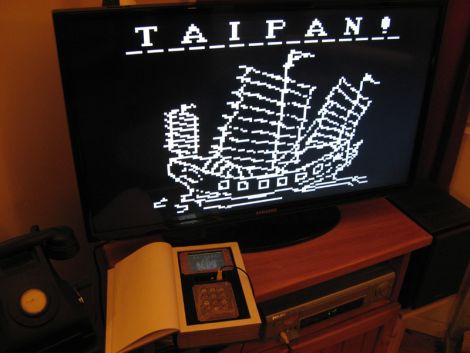This year at Toorcamp, [Rich] will be showing off his laser-based vector display, capable of projecting tweets using only a laser pointer, a pair of mirrors, speakers, and an Arduino. Steady hand and curses from lack of an optical bench not included.
[Rich]’s Instructable goes over the finer points of the build; a Python script runs on his computer fetching all recent tweets with a certain hashtag. These tweets are sent over to a ‘duino where a bit of code translates the text into a scrolling vector display. The code for the project is based on one of [Rich]’s previous builds to draw shapes with the same speaker/laser setup.
In theory, using a pair of speakers to draw text on a wall isn’t much different from drawing pictures on an oscilloscope. Of course, [Rich] always has the option of turning his LaserTweet into an oscilloscope when Toorcamp is over.
Relevant videos after the break.
Continue reading “Displaying Tweets With A Laser Pointer And Speakers”
















